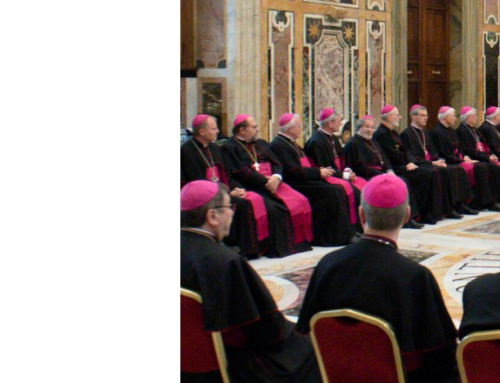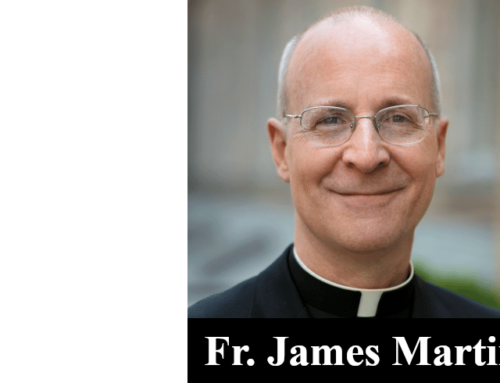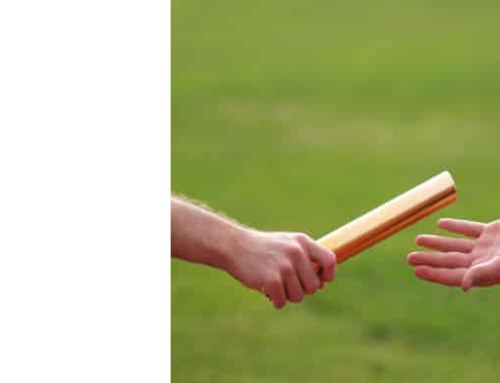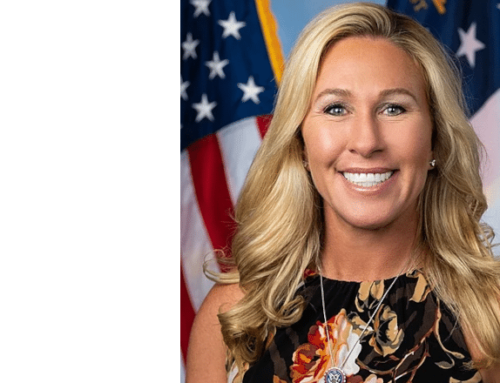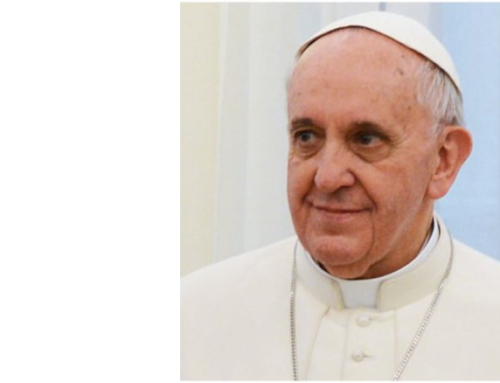As a political sociologist, I have been studying electoral politics for decades. There is a fancy name for what is called “the scientific study of elections.” It is called psephology, or what is more commonly known as survey research. To what extent we can seriously say it qualifies as a science is open to debate. Not open to debate is how influential surveys are. They matter, and that is because they shape public opinion.
It was during World War II that survey research surged. Columbia University conducted research on how best to sell war bonds, and it was determined that Kate Smith, the iconic American singer (best known for “God Bless America”), would be the most persuasive person to hire. It worked.
Survey research is the domain of sociology. Today there are many outstanding survey houses: the University of Chicago, the University of Michigan, and the University of California at Berkeley are as well known today as Columbia. Then there are survey companies outside the academy, such as Gallup, Pew Research Center, McLaughlin & Associates, Rasmussen, and all the ones sponsored by the media, mostly newspapers and TV outlets.
The quality of the work varies intensely. During an election season, they carry significant weight, perhaps too much.
The size of the sample, the filtering characteristics employed (registered v. non-registered voters), the wording of the questions, the inclusion of cell phone users, the diversity of the respondents, etc. There is also the factor that some citizens don’t trust pollsters and refuse to offer an honest answer. As important as anything, some surveys are methodologically more trustworthy than others, but even in the best of hands, problems are legion.
In 2016, when Hillary Clinton faced Donald Trump, virtually every pollster in the nation got the outcome wrong; the overall average put Clinton ahead by 4.3 percent. A few weeks before the election, the New York Times said Clinton had a 91 percent chance of winning; Trump had a 9 percent chance.
It is not true that all electoral constituents are equally consequential. Protestants and Jews, for example, are reliably Republican and Democrat, respectively. Catholics matter the most because they are the most in flux.
Up until the late 1960s and early 1970s, Catholics laid anchor with the Democrats. But when George McGovern was the Democratic nominee in 1972, his radical politics stunned Catholics. Internal changes in the Party—the ascent of feminists—pushed Catholics from leadership positions in the Party.
Abortion was another factor. Of the three major religions, Catholics were the only ones to be pro-life; Protestants, including evangelicals, and Jews celebrated Roe v. Wade (evangelicals switched sides by the end of the 1970s).
The two political parties also flipped during the 1970s. Before that time, Republicans, led by a WASP Rockefeller elite, were seen as the voice of abortion rights; Democrats, reflecting the views of Catholics, were mostly anti-abortion. By the time Ronald Reagan was elected in 1980, the Republicans were the party of pro-lifers and the Democrats were the pro-abortion party. Nothing has changed since.
In 2016, Trump won the Catholic vote, 52-45. In 2020, he narrowly won 50-49 over Joe Biden. Going into the 2024 election, it looks very close again.
When Catholics are asked by pollsters whom they will vote for, what matters is whether they are practicing or not. Catholics who attend church with some regularity are more likely to vote for Trump, but those who seldom attend are more likely to go for Harris. Hispanics vote Democrat, though more are now moving towards the Republicans.
Now more than ever before, Republicans have become the party of religious Americans; secularists dominate the Democratic Party. They also don’t like Catholics. In 2023, a survey by the Pew Research Center found that more Democrats had an unfavorable view of Catholics (25 percent) than had a favorable view of them (22 percent). Interestingly, Democrats look more favorably on Muslims and atheists.
Demographically, single women—never married, separated, divorced or widowed—are the biggest supporters of the Democrats. It accounts, in large part, why Democrats do better with women overall.
The working class used to be solidly Democrat, but no more. They feel abandoned and alienated and much prefer the Republicans, especially Trump Republicans.
Blacks have always been a one-party people. Following the lead of Lincoln, they voted overwhelmingly Republican, but when FDR made overtures to them, they became overwhelmingly Democrat. They became even more solidly Democrat in the 1960s: it was the federal government that gave blacks rights long denied in the states, and Democrats are much more likely to prefer federal approaches to social and economic problems than are Republicans, who favor a states-rights approach.
Besides Catholics, the segment of the population that matters most are the Independents; there are more of them than there are Republicans and Democrats.
In short, Catholics and Independents are likely to decide the election. In the meantime, keep your eye on the psephologists. Some are better than others.



